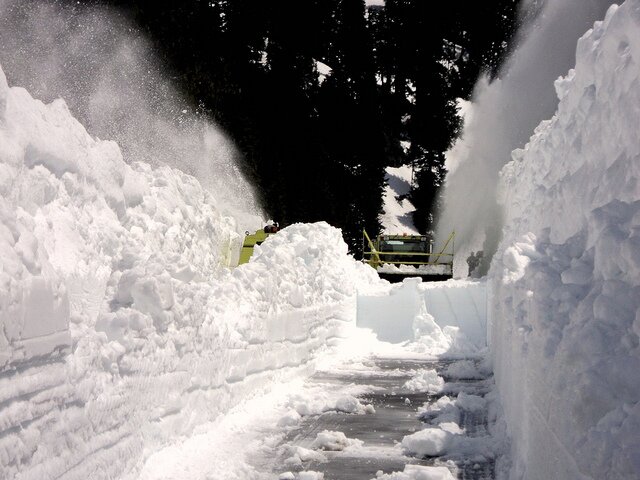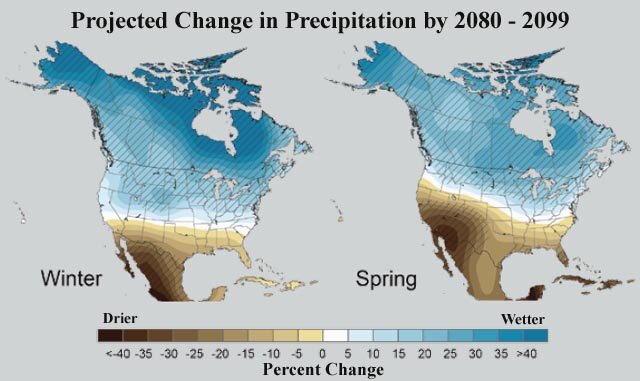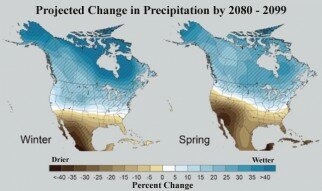
University of Washington meteorologist Cliff Mass is freaking out:
As reported by the U.S. Department of Agriculture’s Natural Resources Conservation Service the Olympic Mt. snowpack (actually the total snow water equivalent–SWE–of the current snowpack) was nearly four hundred times normal.
That’s pure snow! Do you have any idea what the street value of this mountain range is? As Mass explains, the huge numbers are partly because some areas have snow at all in late June.
If you’ve been complaining about the lack of warm weather, you might want to temper your enthusiasm–a strong streak of sun would likely cause substantial flooding at this point. (That leads Mass to a historical digression about the value of dams in regulating meltwater flow, and the great Vanport, Oregon, flood of 1948.)
Over at Jeff Masters’ weather blog, he’s taking a big-picture view of the varieties of meteorological experience: “2010 – 2011: Earth’s most extreme weather since 1816?” It’s been a cool spring here in the Pacific Northwest, but consider Pakistan’s high temperature record in 2010: 128 degrees. Finland reached 99. Finland!
Meantime, someone left the Arctic’s “refrigerator door” open, and “the U.S. had its coldest winter in 25 years. A series of remarkable snow storms pounded the Eastern U.S., with the ‘Snowmageddon’ blizzard dumping more than two feet of snow on Baltimore and Philadelphia.” All in all, a colder, wetter spring–even if it is one for the record books–sounds like we have gotten off lightly so far. I know people who have dealt with local flooding will, with reason, disagree with that.

